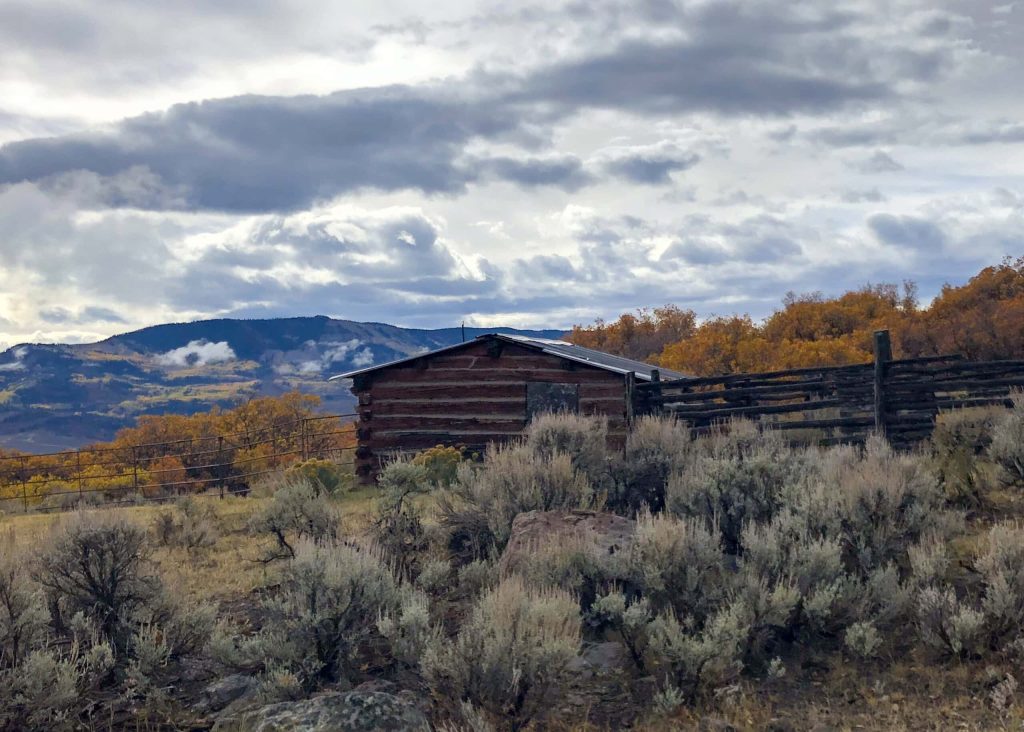The face of ranching in Western Colorado is quietly changing. As the nation’s cattle inventory hovers near historic lows, ranch owners are confronting more than just market fluctuations, they’re navigating a structural transformation driven by generational choices and escalating land values.
The average U.S. farmer and rancher is now nearly 58 years old, and many family ranches are facing succession decisions. For younger generations, the allure of ranching often competes with careers offering steadier income and a more predictable future. While some heirs maintain the land as a lifestyle choice, others are stepping away, leaving family operations to either consolidate under remaining operators or transition to new ownership.
This generational shift has real implications for the cattle industry. Fewer new operators entering the business translates to smaller herd replacements, reduced domestic cattle production, and more pressure on existing ranchers to maintain profitability with fewer hands on the land.
Land prices in Western Colorado have surged in recent decades. Scenic acreage and productive grazing properties increasingly attract amenity buyers, recreational enthusiasts, and conservation investors, at prices far above what traditional cattle revenue can support. Even for established ranchers, this dynamic has profound consequences: purchasing additional land or holding onto existing parcels becomes a capital-intensive challenge, and margins for raising cattle remain thin. The economic reality is clear: ranching must now compete with alternative land uses, not just market prices for cattle.
Western Colorado is witnessing a wave of ranch transitions that reflect both generational and financial pressures. Family operations are either being passed to the next generation with supplemental income strategies, consolidated under larger operations, or sold to non-operational owners. Each scenario has implications for cattle supply, local economies, and land stewardship.
For buyers, understanding these dynamics is critical. Properties are no longer just cattle operations; they are multi-dimensional assets with recreational, conservation, and investment value. Savvy buyers and sellers are those who can balance cattle production potential with broader land opportunities.
The convergence of generational change and rising land costs underscores a central truth: Western Colorado ranching is evolving. While fewer young people may pursue full-time cattle operations, the region’s ranching landscape remains rich with opportunity — for those who understand the interplay between land value, operational efficiency, and market dynamics.
For ranch owners considering succession, expansion, or sale, a clear view of these trends is essential. In a market where land, lifestyle, and legacy intersect, informed decisions today will define the next chapter of ranching in the high country.
Navigating the changing landscape of ranching and land ownership in Western Colorado requires experience, trust, and a deep understanding of buyers’ and sellers’ needs. Eagle Land Brokerage brings decades of experience as both brokers and owners of all types of land in the region, from high-country ranches to recreational and conservation properties.
Whether you are considering selling, purchasing, or diversifying your holdings, we guide landowners through every step of the process.
We always make sure to balance the interests of buyers and sellers, helping each party make informed decisions. From evaluating operational potential and market trends to assessing the financial and lifestyle implications of a transaction, we provide insight and support to ensure that your decisions align with your goals.
With Eagle Land Brokerage, you gain a partner who understands the unique value of Western Colorado land and is committed to helping you navigate complex decisions with clarity and confidence.


